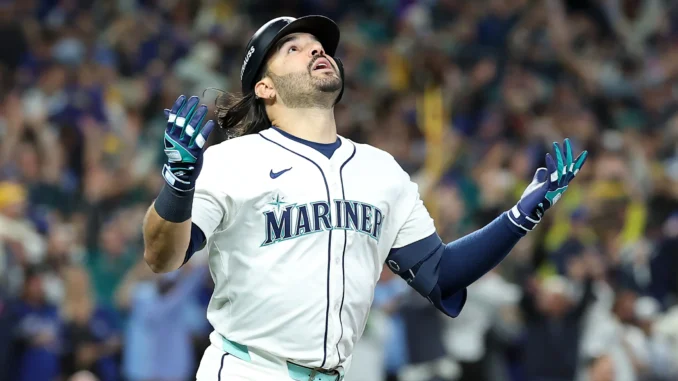
As the Seattle Mariners celebrate four Silver Slugger nominations (three individual players and one team award), it’s frustrating that an honor meant to recognize the game’s top hitters can still get tangled in technicalities. The situation with Eugenio Suárez highlights how the Silver Slugger process still struggles to handle players who switch leagues midseason.
That’s not a rare occurrence anymore—it’s a hallmark of how contenders build rosters. Teams trade for offense in July, stars jump leagues and time zones, and fans keep up with every move. The awards should be able to keep up, too.
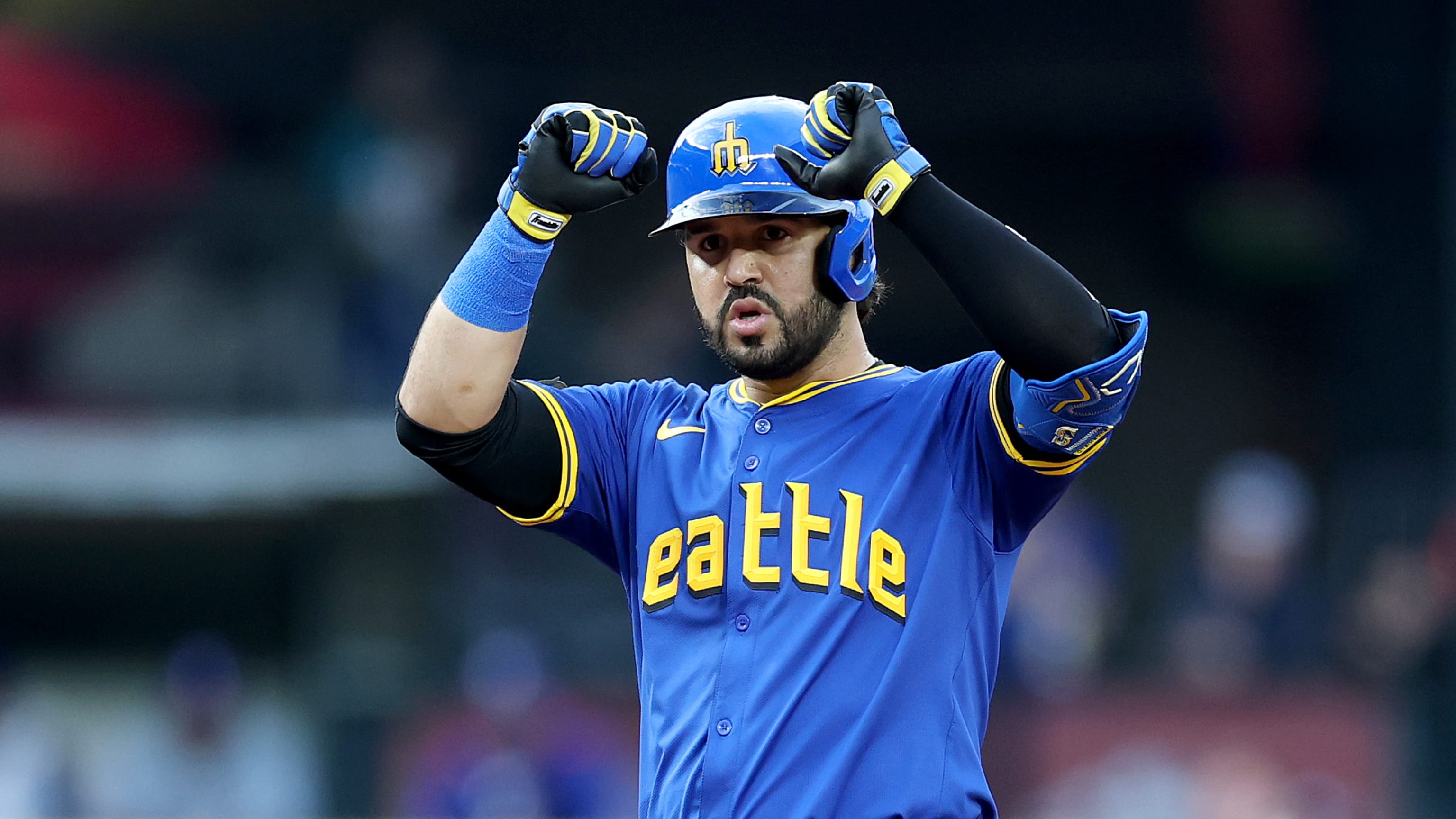
Suárez played 53 games for Seattle and 106 for Arizona, posting 49 home runs and 118 RBI over the full season, yet he’s somehow deemed ineligible for recognition his bat deserved—not for lack of performance, but simply because he changed leagues.
Eugenio Suárez’s season makes the case for a Silver Slugger rule tweak
There’s no official rulebook entry saying it, but once you’re traded to another league, your Silver Slugger hopes basically vanish.
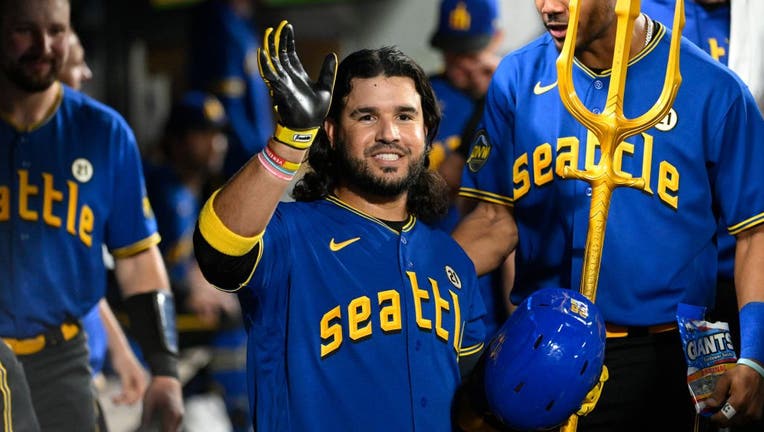
When Eugenio Suárez moved from the NL to the AL, his case was effectively erased on arrival — not because of bias, but because of a technicality. And that’s exactly why the award needs an exception for players traded midseason.
To be clear, this isn’t an argument for handing Geno the trophy by default. His full-season numbers (.228/.298/.526) aren’t eye-popping on their own, and his AL-only line (.189/.255/.428, 13 HR, 31 RBI) wouldn’t make voters rush to the podium.
But awards should reflect context, not just clean spreadsheets. With runners in scoring position, Suárez hit 12 homers and drove in 69 runs. In high-leverage moments, he led all third basemen in home runs (5) and ranked second in RBIs (24).

The clutch factor followed him from Arizona to Seattle, even if his late-season numbers cooled off. Sure, Chase Field boosted his first-half output, but across the full year, Suárez remained one of baseball’s most dangerous third-base power hitters — a major contributor to two playoff pushes. If the Silver Slugger is meant to honor pure hitting impact, it should actually recognize the slugger.
Even focusing only on his 106 games with Arizona — more than finalist Austin Riley’s 102 — Suárez’s production looks like a finalist-level season: .248/.320/.576, 36 HR, 87 RBI, 141 wRC+. Compare that to the NL finalists:
- Matt Chapman (SF): .231/.340/.430, 21 HR, 61 RBI (118 wRC+)
- Manny Machado (SD): .275/.335/.460, 27 HR, 95 RBI (123 wRC+)
- Max Muncy (LAD): .243/.376/.470, 19 HR, 67 RBI (137 wRC+)
- Austin Riley (ATL): .260/.309/.428, 16 HR, 54 RBI (103 wRC+)
Suárez’s NL stats stack up with, or even surpass, that group. Yet the current setup treats his midseason trade as a clerical glitch. MLB asked him to move leagues and keep hitting — and he did. The Silver Slugger process simply failed to notice.
Here’s how to fix it: add a Traded-Player Exception. Players dealt across leagues should qualify either (a) in the league where they recorded the most plate appearances at that position, or (b) under a new “combined-league” category that evaluates their full-season offensive performance. Set a clear standard and let the numbers speak.
Because right now, the system is asking fans to pretend one of 2025’s best power seasons by a third baseman never happened. Suárez might not have been a guaranteed winner, and that’s fine — but he absolutely deserved to be in the conversation.
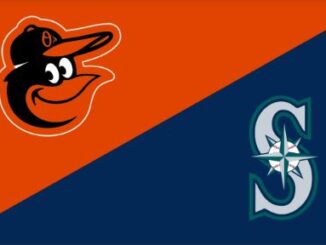
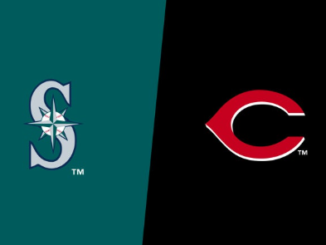
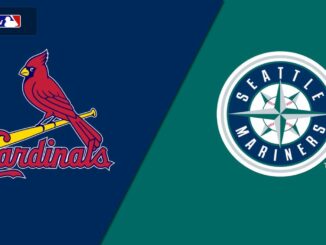
Be the first to comment